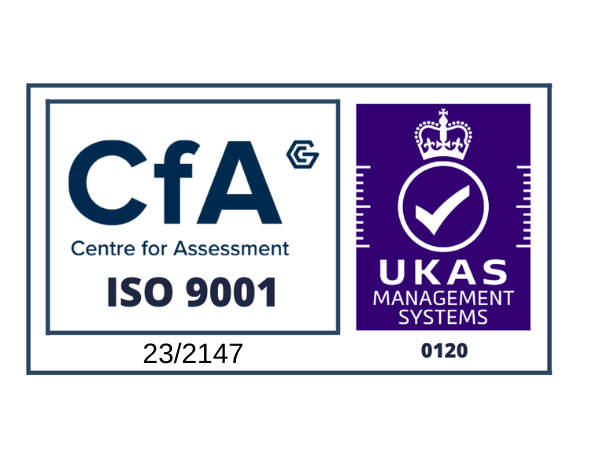Accident
Any unplanned event that results in injury or ill-health to people, or damage or loss to property, plant, materials or the environment or a loss of a business opportunity
Acceptable risk
Risk that has been reduced to a level that can be tolerated by the organisation having regard to its legal obligations
Continual improvement
Recurring process of enhancing the management system to achieve improvements in overall performance consistent with the organisation’s policies
Control measures
Any safety protection systems, personal protective equipment, work methods, training, instructions, information and supervision employed to control risks and prevent accidents
Corrective action
Action to eliminate the root cause of a detected nonconformity and prevent it re-occurring
Environment
Surroundings in which an organisation operates, including air, water, land, natural resources, flora, fauna, humans, and their interrelation
Environmental aspect
Element of an organisation’s activities or products or services that can interact with the environment
Environmental impact
Any change to the environment whether adverse or beneficial, wholly or partially resulting from an organisation’s environmental aspects
Environmental Management System (EMS)
Part of an organisation’s management system used to develop and implement its environmental policy and manage its environmental aspects
Environmental performance
Measurable results of an organisation’s management of its environmental aspects
Environmental policy
Overall intentions and direction of an organisation related to its environmental performance as formally expressed by top management
Hazard
Any material, activity or process with the potential to cause an accident
Hazard identification
Process of recognising that a hazard exists and defining its characteristics
Ill health
Identifiable, adverse physical or mental condition arising from and/or made worse by a work activity and/or work-related situation
Incident
Any unplanned event that results in injury or ill-health to people, or damage or loss to property, plant, information assets, materials or the environment or a loss of a business opportunity
Interested party
Person or group concerned with or affected by the activities of an organisation
Internal audit
Systematic, independent and documented process for obtaining audit evidence and evaluating it objectively to determine the extent to which the management system has been established and implemented and its effectiveness
ISO
International Organisation for Standardization which is a worldwide federation of national standards bodies
ISO 13485
An internationally-recognised standard for the competence and quality management system requirements relating to the manufacture of medical devices
ISO 14001
The world’s most widely-recognised standard for environmental management systems
ISO 17025
An internationally-recognised standard for the competence and quality management system requirements relating to laboratories providing testing and/or calibration services
ISO 9001
The world’s most widely-recognised standard for the quality management of business
ISO 27001
The leading international standard for information security management systems
ISO 50001
A new ISO standard relating to the improvement of energy performance
Near miss
Any event that could have resulted in an accident or any set of conditions or circumstances that have the potential to cause an accident to occur
Nonconformity
Non-fulfilment of a requirement
Objectives
A set of process measures or defined actions set to support the achievement of the organisation’s policies and effective implementation of its management system
Occupational Health and Safety (OH&S)
Conditions and factors that affect, or could affect, the health of employees or other workers (including temporary workers/contractor personnel), visitors, or any other person in the workplace
OH&S Management System
Part of an organisation’s management system used to develop and implement its health and safety policy and manage its risks
OH&S performance
Measurable results of an organisation’s management of its OH&S risks
OH&S policy
Overall intentions and direction of an organisation related to its OH&S performance as formally expressed by top management
ISO 45001
An internationally-recognised standard for occupational health and safety management systems
Prevention of pollution
Use of processes, practices, techniques, materials, products, services or energy to avoid, reduce or control (separately or in combination) the creation, emission or discharge of any type of pollutant or waste, in order to reduce adverse environmental impacts
Preventive action
Action to eliminate the root cause of a potential nonconformity and prevent it from occurring
Procedure
Specified way to carry out an activity or a process
Quality Management System (QMS)
Part of an organisation’s management system designed to implement its quality policy and satisfy its customers’ requirements
Record
Document stating results achieved or providing evidence of activities performed
Risk
The likelihood of an accident or incident occurring and its severity
Risk assessment
A systematic method for identifying hazards, assessing risks, identifying any control measures required and prioritising their implementation
UKAS
United Kingdom Accreditation Service. The sole accreditation body recognised by the UK Government to assess, against internationally-recognised standards, organisations that provide certification, testing, inspection and calibration services
Workplace
Any physical location in which work-related activities are performed under the control of the organisation
Learn more about our ISO consultancy services, ISO audits and full ISO outsourcing services.
Interested in other ISO standards?
- ISO 9001 – Quality management standard that demonstrates an organisational commitment to product and service quality.
- ISO 14001 – Environmental management standard designed to reduce waste and lower an organisation’s environmental impact.
- ISO 17025 – Testing management standard the demonstrates testing integrity and independence.
- ISO 22301 – Business continuity management standard that reduces the impact of disruption on organisational activities.
- ISO 27001 – Information security management systems standard designed to reduce IT and IS risks and lower data threats.
- ISO 45001 – Enhance occupational health and safety management systems, reducing the risk of injury and harm in the workplace.
- ISO 50001 – Improve energy efficiency across operations, premises, transport and industrial processes.










